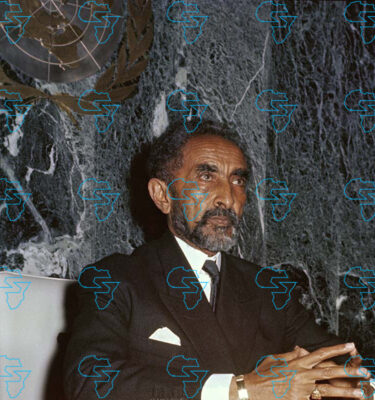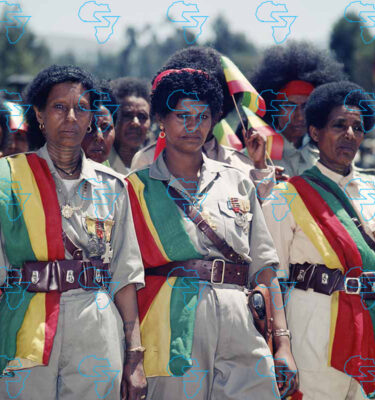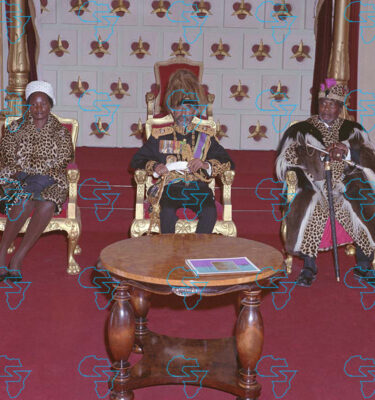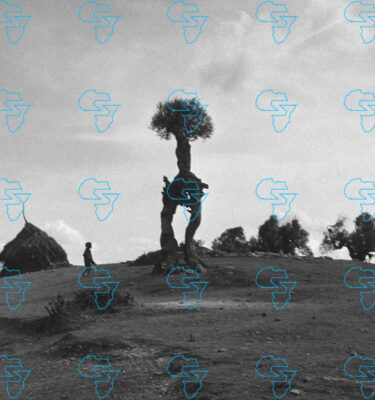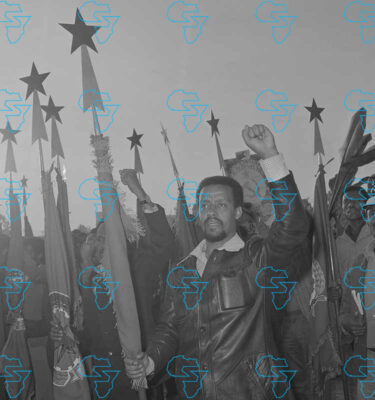
By The GERD International Collaborative Consortium
Sudan has been hit by devastating floods again this year, and as often happens speculation about the cause has been quick to spread. While Sudanese officials and engineers have not blamed the Grand Ethiopian Renaissance Dam (GERD), an Egyptian geologist and subsequent media coverage has claimed that the GERD is the culprit, stating that four turbines that were not working created excess pressure leading to excessive water flow into Sudan. This claim is neither substantiated by GERD water release data nor consistent with reports from Sudanese experts and authorities on the ground. Instead, it follows a familiar pattern of casting GERD as a scapegoat for every Nile basin crisis. Such an approach risks undermining collaboration between neighboring Nile Basin countries going forward and should be refuted. So let’s look at the actual facts on the ground.
Extreme rainfall and climate change are the main drivers of flooding
Intensified short duration rainfall increases have been highlighted as the new normal in most of the Nile Basin by the Intergovernmental Panel on Climate Change (IPCC) on Africa. In Sudan multiple reports have cited above-normal precipitation over the past three years. This year, in September alone, Sudan has experienced 200–400 percent more rainfall than average. Abu Bakr Mustafa (Eng.), a Sudanese dam and infrastructure consultant, explained in an interview with Radio Dabanga that this year’s rainfall exceeded 150 mm per day in some areas, leading to torrents that swept through Kassala, Port Sudan, Dongola, Wadi Halfa, Atbara, Shendi, Khartoum, and Omdurman. The Atbara River recorded flows of 550 Million Meter Cube (MCM) in August—double its normal rate. In his view, it was these rains, intensified by climate change, that caused flooding across Sudan. The governor of El Gezira reinforced this stating that climate change contributed to the flooding, while announcing support and compensation for affected farmers.
The geography tells the story of the White Nile flood contribution. This year, floods were widespread across Sudan, affecting communities along the Atbara, White Nile, and Blue Nile. It is illogical to pinpoint such widespread flooding on a single upstream reservoir. The Jebel Awliya Emergency Room warned that rising White Nile waters had overtopped barriers in several areas—including El Assal, Taiba El Hasnab, El Shaqilab, and El Kalaklat—submerging neighborhoods and leaving homes at risk of collapse. The Irrigation Minister of Sudan noted that rising White Nile waters have swept through barriers and submerged neighborhoods in Jebel Awliya and beyond threatening homes with collapse. The Atbara River also recorded flows nearly double its normal rate, further contributing to the flooding. Blaming GERD for floods along the White Nile or Atbara is simply unfounded and distracts the real drivers: climate change and extreme rainfall. In addition, the average releases from GERD during the month of September was 472 MCM, well below the normal flood level of just over 600 MCM.
What do history and science tell us? GERD reduced devastating flood risk.
One only needs to look back to the devastating 2020 floods in Sudan, considered a once-in-a-century event where August 2020 peak flows were more than 900 MCM. Modeling of reservoir operations and flood routing consistently shows that GERD, even at full capacity, reduces downstream flood risk by attenuating extreme flows during the rainy season. The whole idea of having GERD storage, which is roughly 150 percent more than the annual Abbay (Blue Nile) flow, is to have consistent energy production throughout the year. This means, by design, the reservoir holds more water during the flood season. That is exactly what happened this year: more water from the heavy summer flow was held back. Without GERD absorbing some of the flood waters, the combined Atbara and Blue Nile floods could have released flows in the order of a billion cubic meters per day. In other words, GERD shielded Sudan from a catastrophic incident, it did not exacerbate the situation.
From The Reporter Magazine
The real issue: Undermining Ethio-Sudanese cooperation
It is telling that Sudanese experts are not blaming GERD, while some Egyptian commentators continue to do so based on unscientific opinions. This reflects politics more so than science. What Sudanese officials noted was that high discharges from the dam coincided with seasonal floods— an observation that points to the urgent need for coordination between Ethiopia and Sudan. Sudanese officials further clarified that reaching “flood level” at monitoring stations does not necessarily mean widespread flooding, but only that the river has reached its banks.
Sudanese professionals emphasized the real drivers of Sudan’s flood impacts this year were: outdated dam management practices, weak urban planning, and the lack of protection along the Nile banks. Rightly pointed out is also uncontrolled population encroachment into flood channels leaving communities dangerously exposed. Sudan also relies on protocols that assume rainfall peaks in mid-September (a rule curve that has been in place since pre-GERD and needs to be updated) even though heavy rains now extend through the end of the month.
This response is not to dismiss Sudan’s suffering, nor to take GERD entirely out of the equation. Instead it is to stress that the real solutions lie in updating monitoring and early warning systems, strengthening floodplain management, and building transparent cooperation on dam operations. Blaming GERD for every flood may score political points, but it will not protect communities on the ground. Furthermore, some Egyptian non-water subject matter experts are attempting to distract the public by distorting basic hydrologic science knowledge about the Nile. This misinformation undermines efforts to strengthen Ethio-Sudanese cooperation.
From The Reporter Magazine
Beyond the rhetoric, towards collaboration
Unfortunately, the Egyptian Minister of Water Resources and Irrigation, Hani Sewilam, politicized and blamed GERD for every flooding in Sudan despite GERD’s documented attenuation of heavy water flow coming to Sudan. He declared: “This dam is illegitimate and will remain so. Present and future generations must not take it as normal or accept it as a fact of life, except within the framework of a binding legal agreement for all parties.” Such rhetoric illustrates the real issue: GERD is not being judged on its tangible merits, but on Egypt’s distorted political entitlement and insistence that the dam should never have been in existence to begin with. This refusal to accept the new facts on the ground and insistence to cling to bygone eras of unjust paradigms colonial arrangements when the rest of the basin has moved forward is clear not just in Egypt’s behavior in this instance but in their resistance to the legalization of the Cooperative Framework Agreement (CFA) which would assure equitable and reasonable water use in the Nile basin countries.
In short, GERD is repeatedly cast as a scapegoat for every Nile crisis, even when evidence points, in this case, to rainfall extremes and local vulnerabilities as the true causes of flooding in Sudan.
Sudan’s tragedy this year and for the last many in the past is a reminder of the compounding pressures of climate change and the need for building resiliency through coordinated adaptation in many countries within the Nile Basin. The GERD, far from being the problem, is part of the solution if managed cooperatively. It can reduce floods, enhance energy security, and regulate flows in ways that benefit all Nile Basin countries. But understanding the advantages of the GERD requires accepting the new facts on the ground: the Nile today is not the Nile of yesterday. Fanning flames with speculative blame serves media agendas but does not help the millions living along the river.
If the Nile basin states move away from finger-pointing and toward consensus, it is then possible to ask the question: how can the Nile basin countries maximize the utilization of Nile Basin resources and work towards achieving a shared vision rooted in sustainability and equity?
This should come through sustained collaborative work across the basin on win-win solutions through the Nile River Basin Commission that is already approved by the majority of the basin countries.
The GERD International Collaborative Consortium (GICC) is established by independent organizations to work collaboratively in support of the Grand Ethiopian Renaissance Dam (GERD) projects and water resources management.
.
.
.
#Unverified #Flood #Impact #Claims #Undermine #Nile #Basin #Cooperation
Source link





